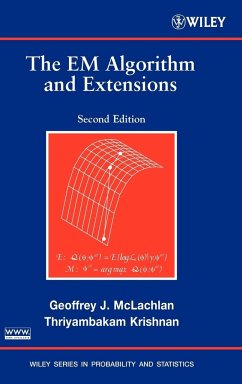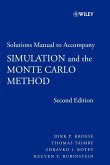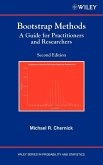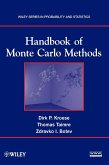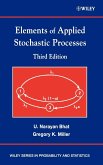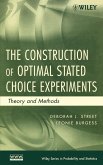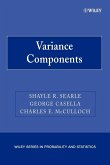The only single-source--now completely updated and revised--to offer a unified treatment of the theory, methodology, and applications of the EM algorithm
Complete with updates that capture developments from the past decade, The EM Algorithm and Extensions, Second Edition successfully provides a basic understanding of the EM algorithm by describing its inception, implementation, and applicability in numerous statistical contexts. In conjunction with the fundamentals of the topic, the authors discuss convergence issues and computation of standard errors, and, in addition, unveil many parallels and connections between the EM algorithm and Markov chain Monte Carlo algorithms. Thorough discussions on the complexities and drawbacks that arise from the basic EM algorithm, such as slow convergence and lack of an in-built procedure to compute the covariance matrix of parameter estimates, are also presented.
While the general philosophy of the First Edition has been maintained, this timely new edition has been updated, revised, and expanded to include:
_
New chapters on Monte Carlo versions of the EM algorithm and generalizations of the EM algorithm
_
New results on convergence, including convergence of the EM algorithm in constrained parameter spaces
_
Expanded discussion of standard error computation methods, such as methods for categorical data and methods based on numerical differentiation
_
Coverage of the interval EM, which locates all stationary points in a designated region of the parameter space
_
Exploration of the EM algorithm's relationship with the Gibbs sampler and other Markov chain Monte Carlo methods
_
Plentiful pedagogical elements-chapter introductions, lists of examples, author and subject indices, computer-drawn graphics, and a related Web site
The EM Algorithm and Extensions, Second Edition serves as an excellent text for graduate-level statistics students and is also a comprehensive resource for theoreticians, practitioners, and researchers in the social and physical sciences who would like to extend their knowledge of the EM algorithm.
Complete with updates that capture developments from the past decade, The EM Algorithm and Extensions, Second Edition successfully provides a basic understanding of the EM algorithm by describing its inception, implementation, and applicability in numerous statistical contexts. In conjunction with the fundamentals of the topic, the authors discuss convergence issues and computation of standard errors, and, in addition, unveil many parallels and connections between the EM algorithm and Markov chain Monte Carlo algorithms. Thorough discussions on the complexities and drawbacks that arise from the basic EM algorithm, such as slow convergence and lack of an in-built procedure to compute the covariance matrix of parameter estimates, are also presented.
While the general philosophy of the First Edition has been maintained, this timely new edition has been updated, revised, and expanded to include:
_
New chapters on Monte Carlo versions of the EM algorithm and generalizations of the EM algorithm
_
New results on convergence, including convergence of the EM algorithm in constrained parameter spaces
_
Expanded discussion of standard error computation methods, such as methods for categorical data and methods based on numerical differentiation
_
Coverage of the interval EM, which locates all stationary points in a designated region of the parameter space
_
Exploration of the EM algorithm's relationship with the Gibbs sampler and other Markov chain Monte Carlo methods
_
Plentiful pedagogical elements-chapter introductions, lists of examples, author and subject indices, computer-drawn graphics, and a related Web site
The EM Algorithm and Extensions, Second Edition serves as an excellent text for graduate-level statistics students and is also a comprehensive resource for theoreticians, practitioners, and researchers in the social and physical sciences who would like to extend their knowledge of the EM algorithm.
"The EM Algorithm and Extension, Second Edition , serves as an excellent text for graduate-level statistics students and is also a comprehensive resource for theoreticians, practioners, and researchers in the social and physical sciences who would like to extend their knowledge of the EM algorithm." ( Mathematical Review, Issue 2009e)

